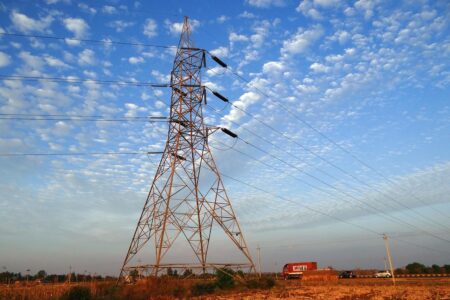Austin Energy recently conducted a study on the feasibility of undergrounding the city’s expansive overhead electrical distribution line system. After receiving the results, the utility determined that placing all the city’s lines underground would cost $50 billion and would take years of work to complete.
Continuous rises in extreme weather—meaning hotter summers and colder winters—impose a predictable risk to the reliability of Austin’s energy supply. Austin Energy’s study, in collaboration with an engineering firm, determined undergrounding lines to cope with climate change would be prohibitively expensive and inefficient.
Rather than burying the entire electrical distribution line system underground, the study recommended that Austin Energy determine where strategic undergrounding would be most feasible versus where overhead alternatives may be more beneficial. As it stands, there are several challenges to undergrounding that make a large-scale operation impractical, including:
- Environmentally sensitive or protected areas.
- Limited space within underground easements.
- Acquiring permits.
- Telecommunication line relocation.
- Rocky soils.
- Traffic disruption.
The report concludes that approximately 120 miles of the 5,000-mile line system would be suitable for undergrounding operations, although other resiliency alternatives may be more effective and affordable.
The study was the first of two centered around electric lines. The second study, expected to conclude in May, focuses on potentially strengthening existing overhead lines in areas vulnerable to outages and wildfires. These findings will inform Austin Energy’s efforts to develop a comprehensive Distribution Resiliency Plan, providing the city with a holistic strategy to enhance reliability and resilience. Austin Energy will present its findings to the Austin City Council by the end of 2025.
(Photo courtesy of Bishnu Sarangi from Pixabay)







